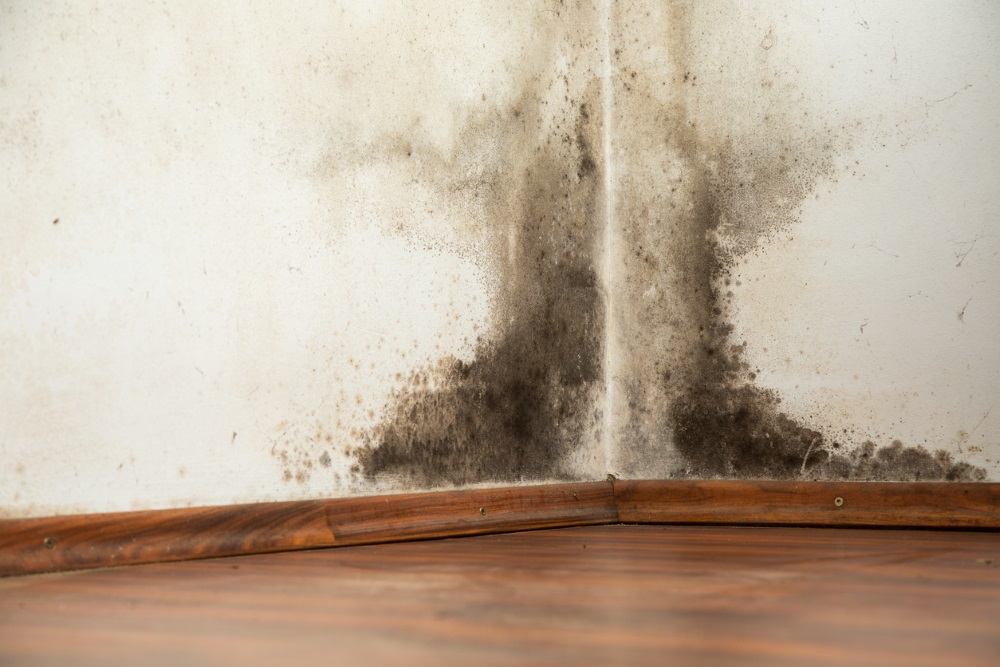
From Japanese Knotweed to questionable odours and the possibility of an Indian burial ground; this is our guide to recognising red flags when choosing a property.

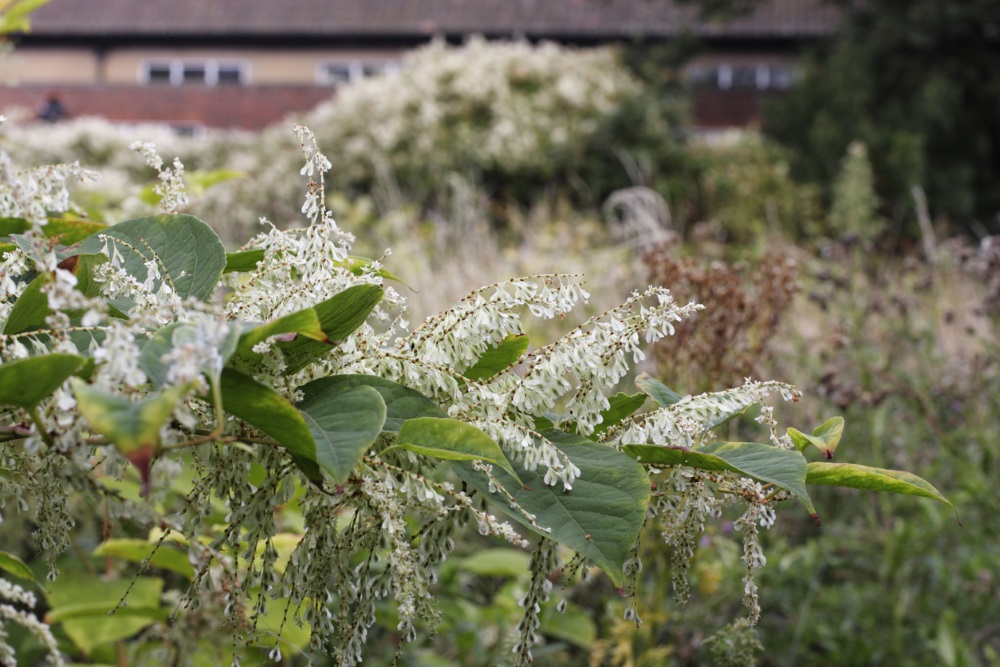
Japanese knotweed
It took £70 million and a firestorm of pesticide, excavators and manpower for the Royal Horticultural Society to remove the plague of Japanese knotweed that existed at the construction site for the Olympic Park, and when they were done, and the ground was a crater of churned earth and vegetative destruction. The workers weren’t able to simply dispose of it either, they had to extract the ‘rhizome’ material in an extensive sorting process and then incinerate it, so that the malevolent triffid-like entity couldn’t extend its tendrils and begin its passage of destruction once again.
Japanese Knotweed is a serious issue, it’s ALMOST impossible to outright kill and it can render properties unsellable. Learn to recognise it when property hunting, it might just save you a lot of money.

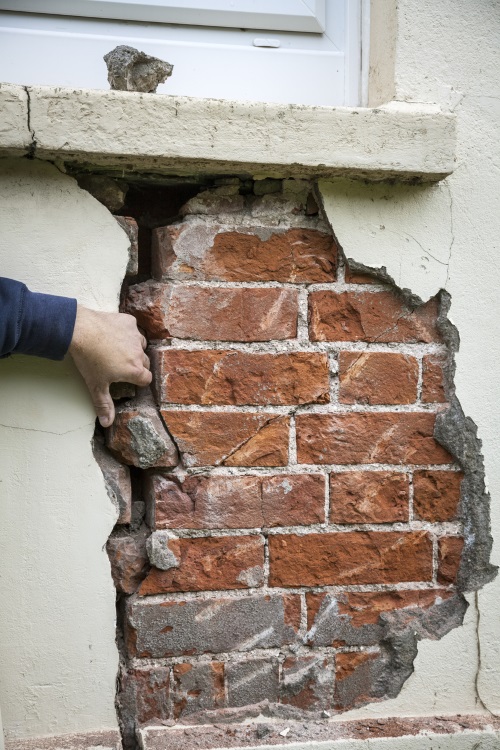
Potential structural problems
Subsidence and heave can result in serious structural damage over time. Causes can range anywhere from trees sucking up moisture below the property to drains leaking and softening the earth that surrounds the foundations.
The biggest indicator for potential structural problems is cracks in the walls. Look out for them in weak spots like above doors and windows, or indeed around where an extension attaches to the main house.
If you notice cracks and you’re not sure about the cause then the best thing to do is consult an expert to find out if they are simply cosmetic or indicative of something structural and serious.

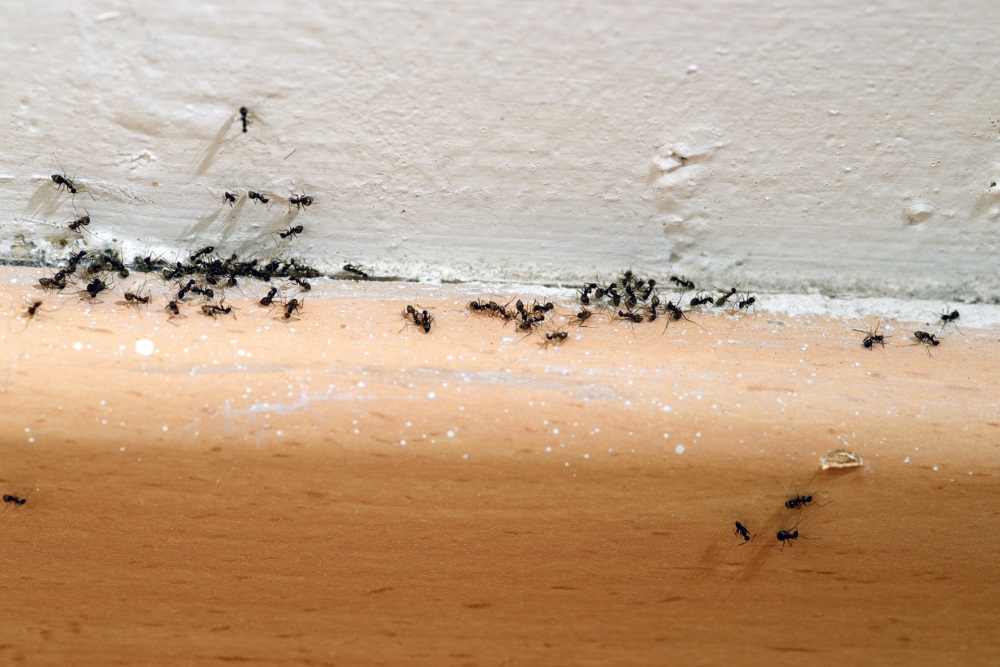
Pest infestation
Foul smells, pest droppings, lots of dead bugs, holes and gnaw marks should set off alarms during a house viewing. If you notice any of these signs then there’s a distinct possibility that there is some sort of pest infestation.
Get expert advice if you have any concerns as some pests, especially termites/woodworm, can really do serious damage to the property. Be wary of wooden floors that sag or buckle and damaged wood that crumbles easily and sounds hollow when tapped – these could be signs of termite infestation.

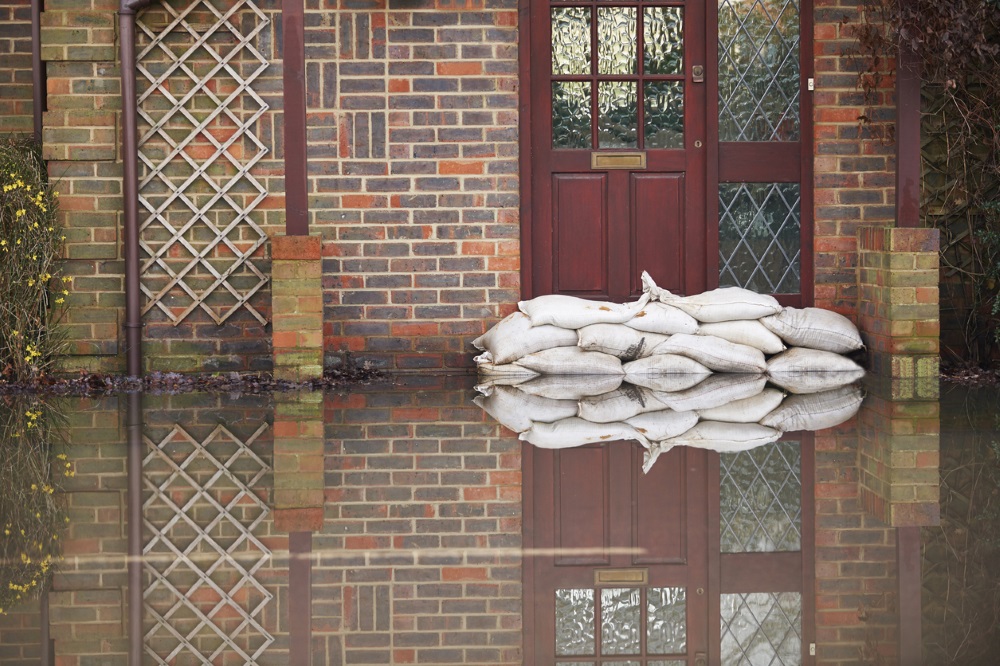
Environmental hazards
What does the word ‘tsunami’ mean to you? What about ‘fault line’? The environmental hazard doesn’t necessarily have to be apocalyptic – it could simply be a worryingly close tree in dire need of a tree surgeon, or a nearby river that could, quite possibly, present a risk of flooding. Being aware of possible environmental hazards when purchasing a property could save you a serious headache, especially when it comes to things like flooding, something that racked up costs of over £5bn in the UK in 2015 alone.
If the property is situated on flat land, be aware of what rivers are nearby and find out if it has a history of swamping – you don’t want to have to pull out your entire floor and bin half of your possessions because they were contaminated by soiled flood water.
And, on a final note, always be on the lookout for asbestos!

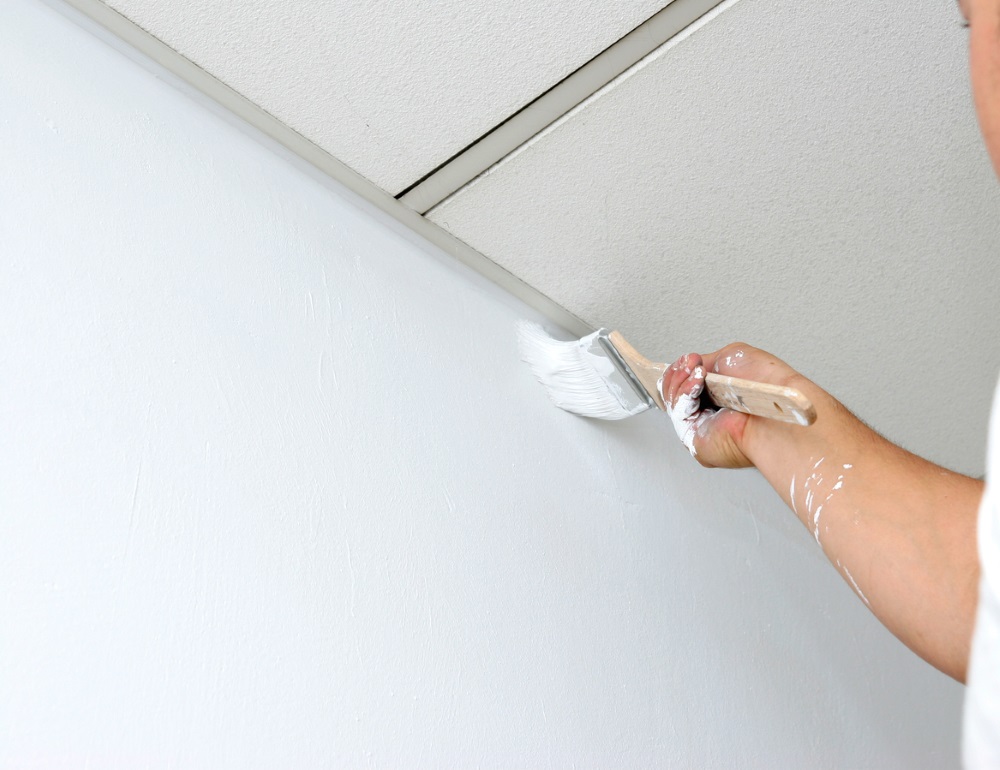
Sporadic fresh paint
This may seem slightly odd, but be assured a random wall painted whilst the rest are left alone is rarely as innocuous as it may look. A lick of fresh paint is one of the most common things people do to boost the sale of their property, but while it may appear entirely innocent there may be something sinister (like damp) lurking underneath.

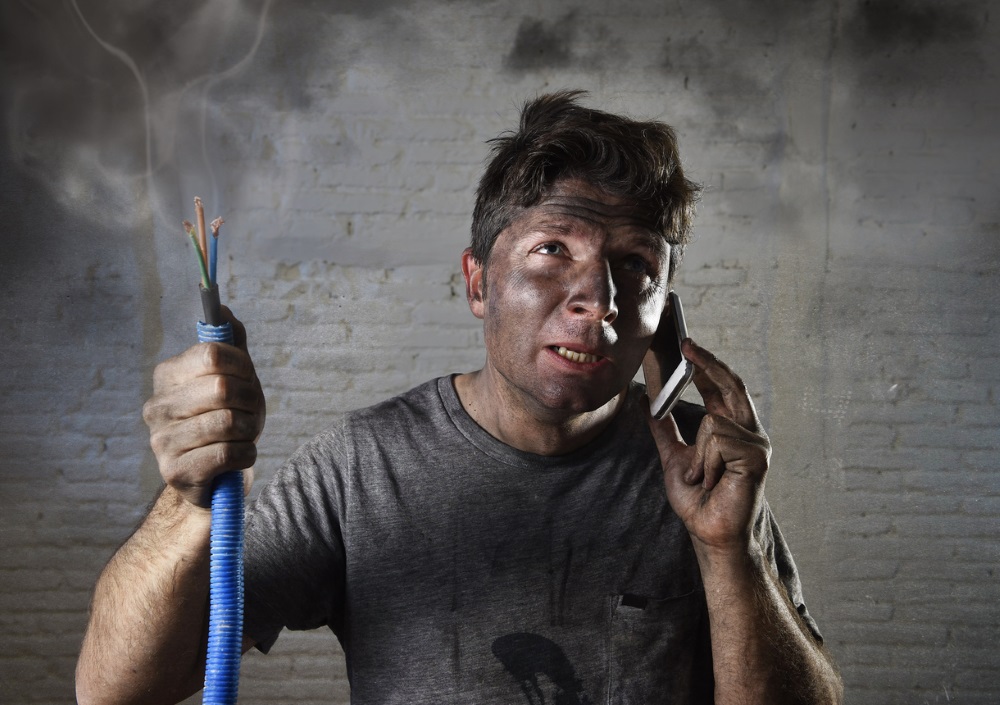
Amateur workmanship
Not everyone is proficient with DIY, although it doesn’t deter some home owners from attempting significant projects around the house. It’s primarily a problem when it comes to things like plumbing, electrical work and carpentry –areas where professional workmanship is extremely important.
Look out for odd job DIY measures around piping, electrical systems and shoddy carpentry – it all might cost you in the long run.

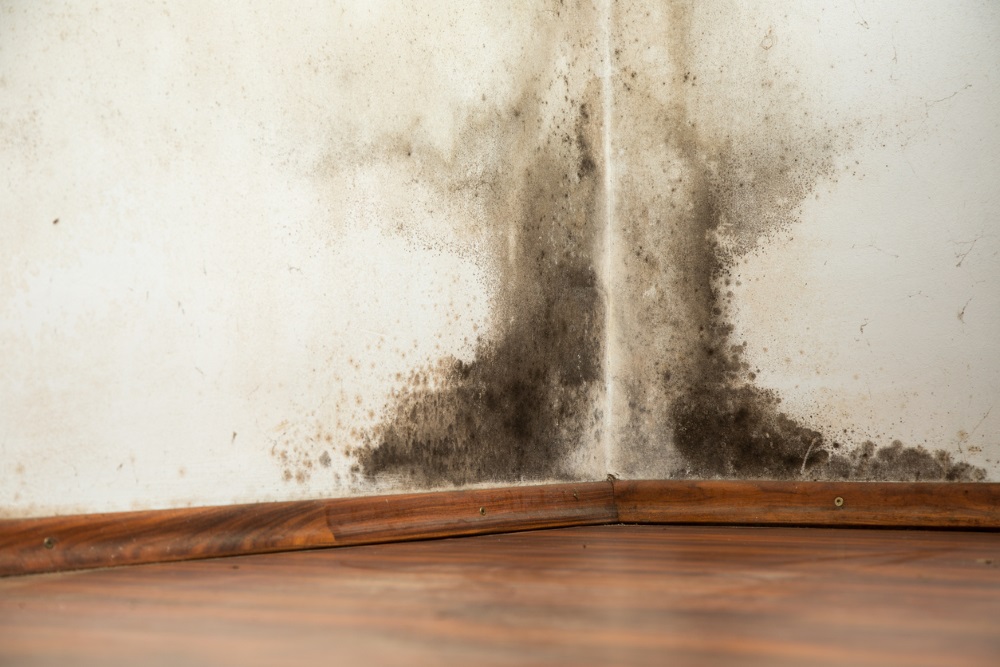
Mould, mildew and damp
Where there’s too much moisture or not enough ventilation there’s likely to be mould. Look out for it around windowsills and in bathrooms particularly. Besides looking bad mould will damage the surfaces it grows on, and can trigger all kinds of allergic reactions – including causing bouts of asthma in those who are susceptible.
Damp could be indicative of simply a leaking gutter, but it could also be something more serious like terrible plumbing or damaged walls. Sellers will likely attempt to mask any damp-like smell, so be on the alert!

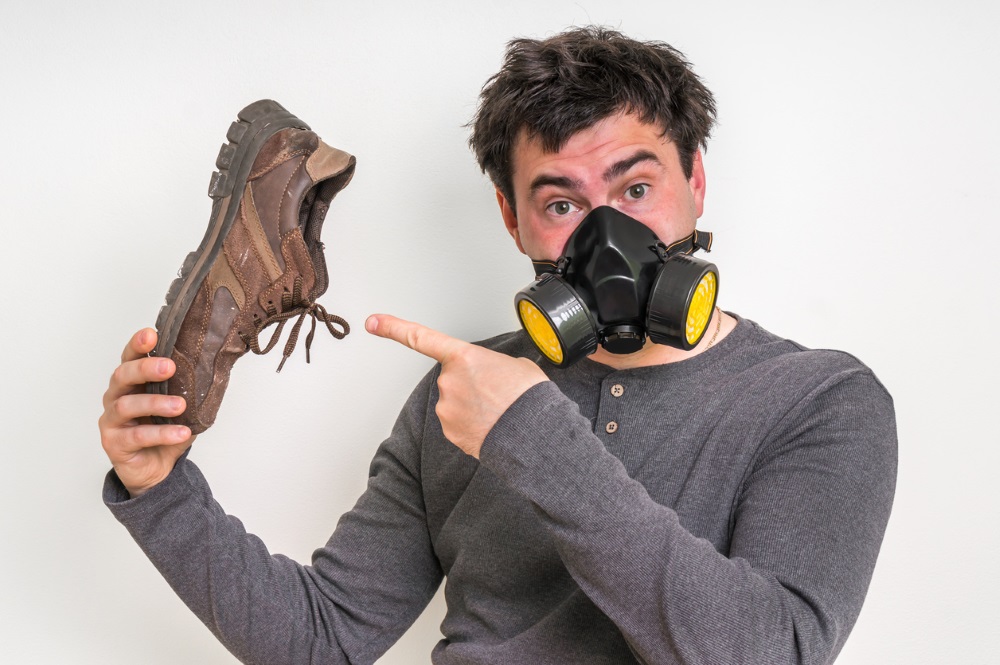
Peculiar odours
Sometimes houses have peculiar smells, but occasionally they can be indicative of anything from plumbing issues to things like mould and mildew.
Be wary of strong smells, good or bad, in fact; 100 air fresheners plugged in throughout the property is rarely a good sign!

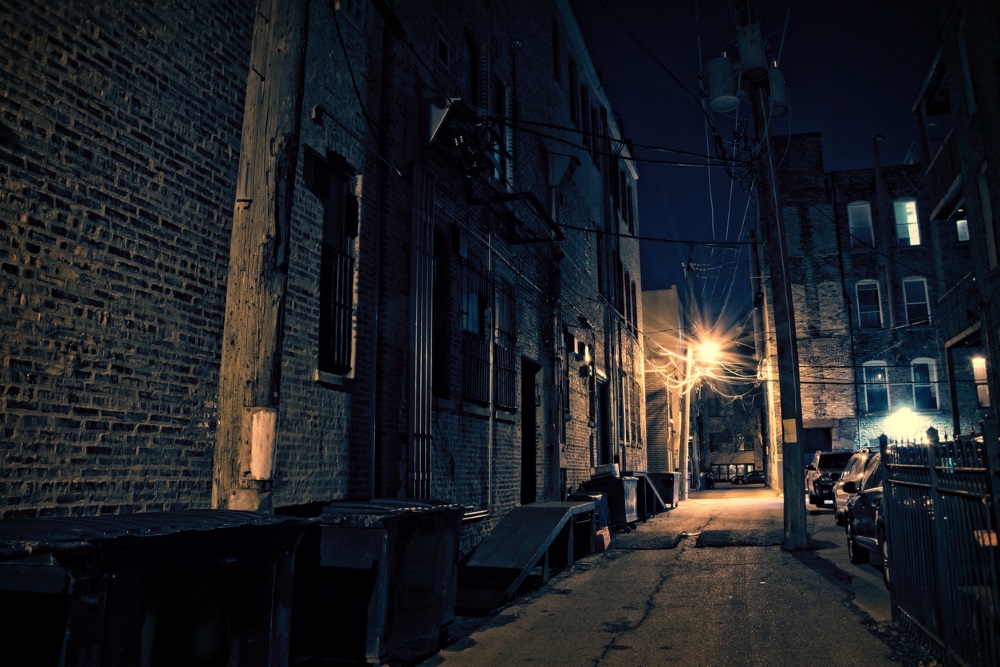
Questionable neighbourhoods
This one is something of a no-brainer, but it definitely bares mentioning. The phrase ‘neighbour from hell’ comes to mind, and unless you’re one for daily confrontations about things like parking its best to take some time to research the area. In regards to safety, it’s definitely worth checking out police statistics on crime in the vicinity before committing yourself to a purchase.


Evidence of Indian burial ground
Generally speaking, you’ve only got to the worry about the possibility of this one if you’re buying property in the US or Canada, but beware; the possibility is very real. If you notice that the TV won’t turn off and it’s glowing with an eternal otherworldly whiteness, there may be something buried below. If you enter the basement and a chill begins to creep up your spine, and distant echoes hum in your ears as you descend the stairs… maybe consider another property.

Douglas is a features property writer. His recent articles on Everything Overseas have included what next for French house prices to thinking of moving abroad? And buy a home in Sicily for just one Euro. His style is compelling and engaging.
More articles by Douglas Miller | View all our authors
Or you can read more about your chosen country:
